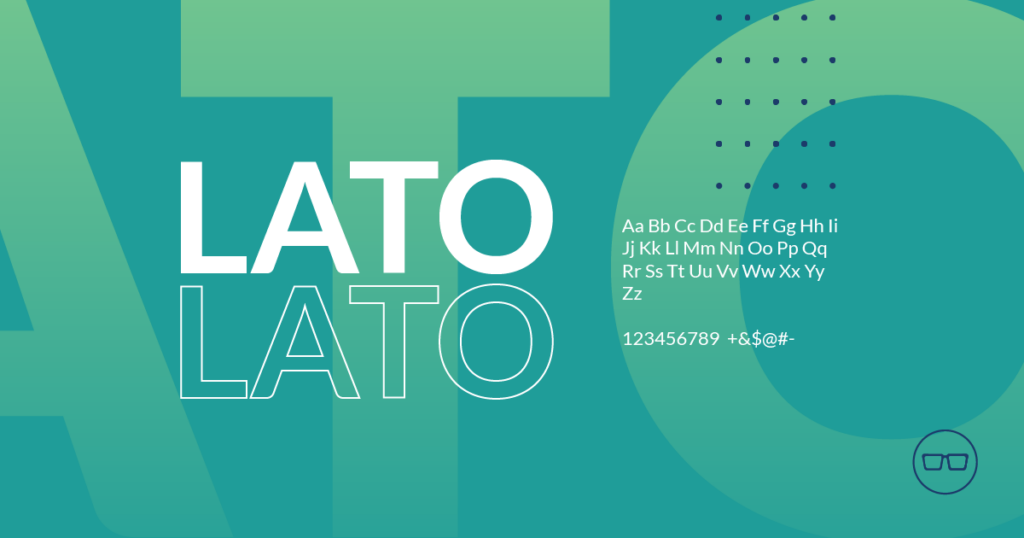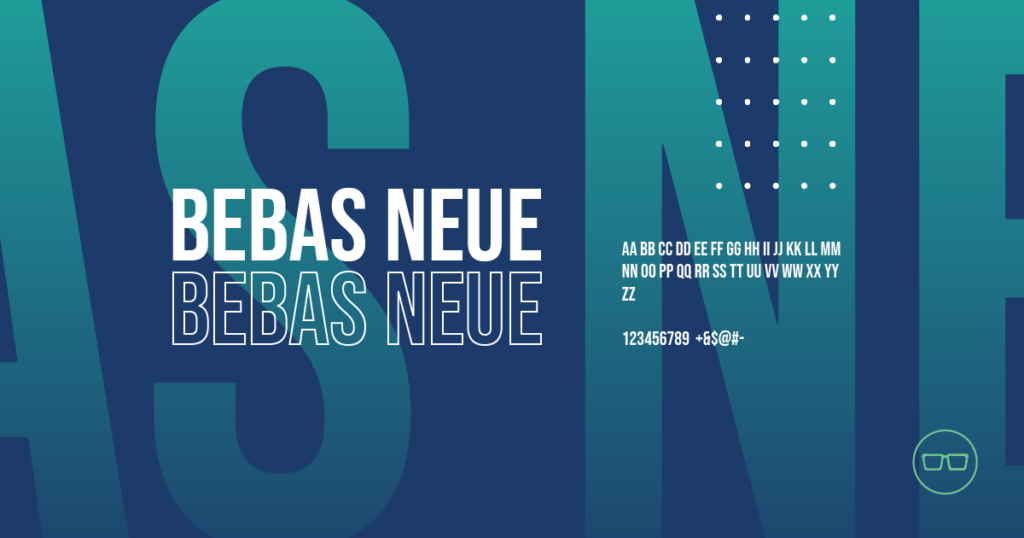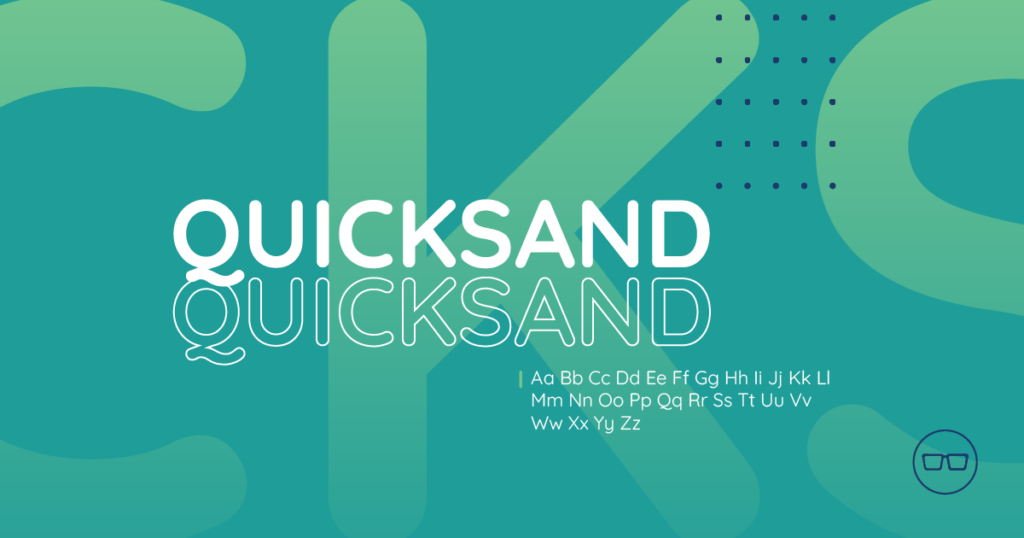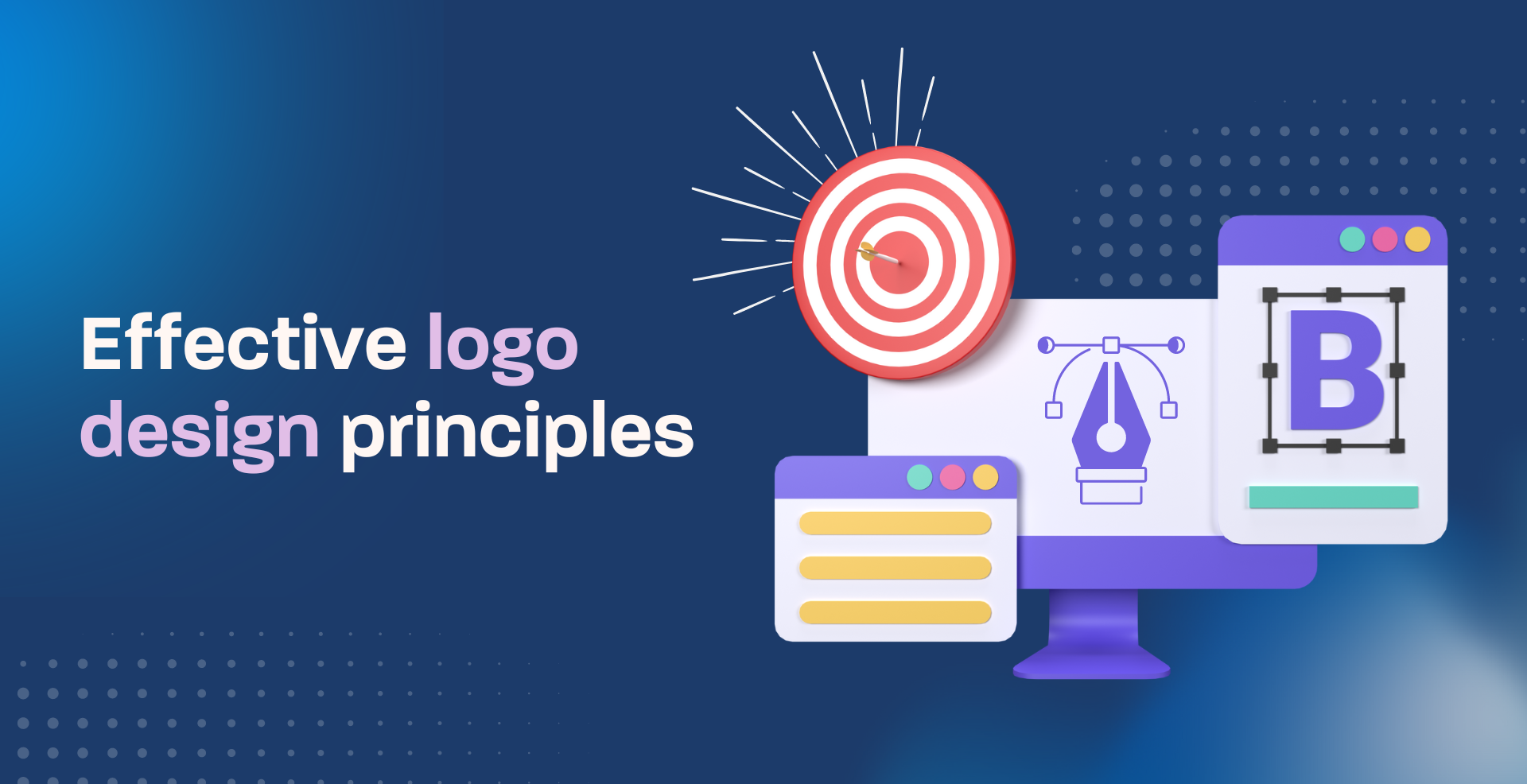Once upon a time, nestled between the Jasper Winery and the Madhouse Brewing, a young designer embarked on a quest for the ideal design theme for his website. His mind was churning with numerous ideas, having been inspired by a recent branding case study he had read. He knew that his next design needed to represent his brand voice flawlessly, and the key to achieving that rested in his choice of font.
He delved into the vast world of font styles, from serif fonts like New Roman to sans serif options like Open Sans and Corbel Lato.

He explored the realm of slab serif typefaces and even dabbled with the edgy Lato Abolition. His quest for the perfect font style led him to different devices, and he marveled at the adaptability of Inter Source Sans and DM Sans across various platforms.
The Power of Fonts in Branding
As we meander along the pathways of our design theme, the whispers of brand voice beckon us closer. It’s as though the charming murmur of Holmes Murphy guides us to delve deeper into the realm of Typography, its impact, and the artful selection of fonts. We find ourselves ensnared by the power of fonts, their ability to echo the brand voice and amplify a design theme with just the right font selection. Like a storyteller, each character spins tales of the brand, its personality, and the message it wants to convey.
Brand Voice and Typography
Drifting from the conventional, let’s delve into the world where typography whispers tales of branding. It’s an older park with trees of types, each bearing leaves of fonts, where the brand voice finds its melody. A silent park, yet it echoes with the unique resonance of each brand.
Have you ever wondered why certain fonts feel so familiar and so inviting while others seem foreign and unapproachable? It’s the magic of typography, the invisible storyteller, that crafts the character of your brand voice. Like a skilled actor on a silent stage, your font choice can convey emotions, set the mood, and even hint at your brand’s personality.
Typography Impact
Stepping into the magical realm of typography, let’s unravel its enigmatic influence on a brand’s persona. Our story unravels in the bustling city of New York, where the iconic Times New Roman was born. This font has been a silent protagonist in shaping the personality of the famous The Times newspaper, adding a sophisticated charm to its daily stories. The power it commands is such that, despite the advent of countless modern fonts, its timeless appeal remains unrivaled. Typography, dear readers, is not just letters on a page. It’s the unseen character in the play of branding, subtly dictating the mood and setting of your brand’s narrative.
Serif Fonts: Old-School Elegance
Allow me to guide you on a journey through the world of serif fonts, where old-school elegance meets functionality. We’ll explore their definition and use cases, appreciating how they add charm to many letters. We’ll then dive into the different serif fonts, each with unique characteristics. As our journey continues, we’ll discuss the impact of serif fonts on different devices, providing a broader understanding of their versatility. So, sit back, relax, and immerse yourself in the captivating tale of serif fonts.
Serif Fonts: Definition and Use Cases
Transitioning from the overarching power of fonts in branding, let’s take a stroll down the lane of serif fonts. Ah, serif fonts, those tiny decorative strokes or feet at the end of a letter’s stroke. They’re like the little black dress of typography, enduring and versatile, able to dress up any textual content on different devices with an air of tradition and sophistication.
Imagine a distinguished gentleman, clad in a well-tailored suit, walking through a grand library filled with books sporting serif fonts. That’s the ambiance these fonts create. They are perfect for magazines, newspapers, and books where readability is crucial, even on different devices.
With their old-world charm, Serif fonts have powerfully impacted the digital world by enhancing readability across different devices.
Impact of Serif Fonts on Different Devices
Transitioning from the broad concept of fonts and branding, let’s narrow down and immerse ourselves in the classic elegance of serif fonts. Now, imagine you’re lounging comfortably in your favorite chair, a sleek tablet in hand, and you’re reading a beautifully composed novel. The text on the smooth glass screen is crisp, clear, and easy to read. This seamless reading experience is largely credited to carefully selecting serif fonts. Serif fonts have a remarkable impact on electronic screens, enhancing readability and reducing eyestrain. On smaller screens, like your smartphone, they add an element of sophistication without compromising legibility. Indeed, the influence of serif fonts extends far beyond print, shaping our digital experiences in ways we might not always recognize.
Exploring the Most Popular Fonts
In our journey across the vast typography landscape, we encounter three giants: open sans, a universal choice, new roman, the timeless classic, and dm sans, the embodiment of modernity. As we traverse through the open sans territory, its versatility captivates us. It’s akin to a free roboto in the wild; adaptable and ever-present. As we cross into new roman, we feel comfort in its familiarity, like a favorite novel. Yet, its charm rivals the intrigue of oswald & abel. Finally, we reach the contemporary realm of dm sans, as sleek and current as libre franklin.

Open Sans: a Universal Font
From the bygone elegance of serif fonts, we now transition into the more modern, yet equally appealing visual realm. Our journey takes us first to the land of Open Sans: A Universal Font.
Imagine a town square bustling with activity, a place where everyone speaks in different dialects, yet every word is understood. This is the world of Open Sans. Regarded as a universal font, Open Sans is a typeface that transcends boundaries, effortlessly adapting to the tone of the conversation. Whether it’s the boldness of New Roman, the sleekness of DM Sans, or even the quirkiness of Magnific Caos, Open Sans speaks their language.
One day, in this bustling square, Open Sans met Arial Narrow.
New Roman: the Classic Choice
As we leave the realm of timeless elegance, our journey through the world of fonts doesn’t end. We now turn our attention to a stalwart in the typography universe, a font that has stood the test of time and technology: New Roman.
The tale of New Roman is one that takes us back, evoking a sense of nostalgia while still maintaining relevance in the present. It was the font of choice for our grandparents’ letters, the print on our homework assignments, and now, it graces our screens in documents and websites. Its round, comfortable strokes effortlessly balance tradition and modernity.
And even though we’ll explore other stylish fonts like DM Sans and even the quirky Libre Franklin or the audacious Magnific Caos, New Roman remains an undisputed classic.
Dm Sans: the Modern Font
Having reveled in the old-world charm of serif fonts, let’s now take a futuristic leap towards the DM Sans. This modern typeface is like a breath of fresh air in the world of typography. Picture this: a young, trendy designer sitting in a sunlit workspace, sipping on a cappuccino. He’s working on a cutting-edge project, and he needs a font that’s as innovative as his concepts. He needs something that embodies the actual kicks of the new era. He scrolls past New Roman, the classic choice, and Libre Franklin, a popular favorite. His eyes light up when he spots DM Sans, a font that’s as fresh and crisp as a spring morning.
The Best Fonts for Web Design
Once upon a SECOND time, a young web designer embarked on a quest to discover the best fonts for his latest project. He first stumbled upon the mystical realm of html fonts, where he found an array of cool fonts that added a sleek touch to his website. Moving on, he found himself in the modern city of Sans Serif Fonts, offering a minimalistic aesthetic that intrigued him. Finally, he reached the shores of Websafe Fonts, where he learned about ensuring compatibility and load speed. Every stop of his journey, documented in the tisa share article, taught him how to balance beauty and functionality in web design.
Best Html Fonts for a Sleek Website
Leaving behind the realm of popular fonts, we venture now into the territory of the best HTML fonts that could make your website shine like a sleek, black sports car on a moonlit highway.
Our journey begins in the virtual city of “HTMLville”, where the locals are always on the hunt for cool fonts to adorn their website facades. The favorite amongst these web savvy denizens? A little gem called Verdana. It’s a websafe font, ensuring load speed and compatibility across the city’s digital landscape.
Verdana is a shining example of how the best fonts bring together aesthetics and functionality, creating a harmonious blend that speaks volumes about the city’s vibe. Yes, in HTMLville, the best HTML fonts aren’t just a choice; they’re a statement.
Sans Serif Fonts: Modern and Minimalistic
Now, let’s shift our focus a little, from general popularity to a very specific type of font that is taking the digital world by storm – sans serif fonts. These are some of the best fonts for a sleek, modern, and minimalistic website design.
Imagine you’re a web designer, hunting for the perfect element to bring your website to life. You stumble upon sans serif fonts and it’s love at first sight. The clean lines and no-fuss design are a breath of fresh air. You start to see potential – a sleek website, a modern edge, and a minimalistic charm. Could these be the best fonts you’ve been searching for?
Websafe Fonts: Ensuring Compatibility and Load Speed
As we journey from the realm of the broadly popular to the deeply specialized, let’s pause to appreciate a category of fonts that often goes unnoticed but plays a critical role in web design: Websafe Fonts. Imagine you’re a tech-savvy turtle, carrying your digital home on your back as you traverse the vast ocean of the internet. The best fonts for you are the ones that load swiftly, allowing you to surf smoothly without getting snagged on slow sites. These are the websafe fonts, your trusty allies in the quest for speed and compatibility. From the html fonts that help shape your sleek digital shell to the cool fonts that give it a unique flair, these fonts ensure you glide effortlessly across the digital waves.
Top Fonts for Website Design
In the enchanting world of website aesthetics, the unveiling of the top 5 fonts and why they’re favored is a much-anticipated tale. We’ll delve into the reasons behind their popularity, discussing why these fonts made it to the top of the list. Every font has its own unique story, akin to characters in a novel, each playing a key role in our digital narrative.
Unveiling the Top 3 Fonts: and Why?
After delving into the world of web design typography, we’ve arrived at the grand reveal. Drumroll, please! Here are the Top 5 Fonts that are turning heads and why.
Firstly, we have Roboto, a modern, mechanical yet friendly font. Its geometric forms combined with friendly and open curves make it versatile and adaptable.
Next up is Oswald, a font that’s reworking of the classic style historically represented by the ‘Alternate Gothic’ sans serif typefaces. Its condensed and robust bold lines make it perfect for headers.
Thirdly, the Abel font takes the stage. Abel is a modern interpretation of the condensed flat-sided sans serif. Originally used for newspaper headlines and posters, this font has a more modern feel.
The Science Behind Choosing Fonts
Venturing into the mesmerizing world of typography, we come across the intriguing psychology of font selection for brands. A story unfolds, where each typeface becomes a character, influencing the way a brand is perceived. Moving on, we explore the fascinating realm of fonts and visual perception. Here, every curve and corner of a typeface sets the stage, playing with our senses and perception. Lastly, we delve into how typefaces can subtly sway opinions in how fonts influence brand perception. A captivating narrative awaits, showcasing the powerful role of fonts in shaping our perceptions and experiences.
The Psychology of Font Selection for Brands
Well, now that we’ve explored the most popular fonts for website design, let’s dive into the intriguing world of typography psychology. The Psychology of Font Selection for Brands is a fascinating tale of how typefaces influence our perception. Picture this, you’re a business owner, picking out a typeface for your company logo. You’re drawn to a sleek, modern font, but why? Is it because it reflects your company’s innovative approach, or because it resonates with your target audience? The font you choose is more than just a design element; it’s a silent ambassador for your business, speaking volumes about your ethos without uttering a word. It’s a subtle game of perception and persuasion, where the right font choice can set the tone for your entire corporate narrative.
How to Install and Implement Fonts
Once upon a time, in a world immersed in html fonts, a young coder named Sam embarked on a mission. He aimed to master the art of installing fonts, a crucial skill in his journey. He first immersed himself in a step-by-step guide, slowly but surely unraveling the mysteries of font installation.
Next, Sam explored the realm of best practices in font implementation. He discovered valuable insights, becoming more adept at enhancing the visual appeal of his projects using html fonts.
However, life was not without its hiccups. Sam encountered common font issues that required troubleshooting.
Step-by-Step Guide to Installing Fonts
Having delved into the science of choosing fonts, let’s transition to the practical side of things. Imagine yourself as a digital artist, your canvas is your website, and your paint is the variety of html fonts you’ve chosen. Your first task is to install these fonts.
Kick back, take a deep breath and follow these steps. First, locate the font file you’ve downloaded, typically a .ttf or .otf file. Next, double-click to open it. A window will pop up showcasing the font in its glorious detail. There, you’ll see an Install button. Click it, and voila! Your chosen html font is now available for use.
In our next section, we’ll continue our journey by discussing best practices in font implementation.
Troubleshooting Common Font Issues
Having unraveled the scientific principles behind choosing fonts, let’s now dive into the frequently murky waters of troubleshooting font issues. Imagine you’re a web designer, working late into the night on a crucial project. You’re implementing your chosen html fonts, but something’s awry. The fonts are not displaying correctly. Frustration mounts as you wonder what could be wrong.
Firstly, remain calm. Font issues are common and usually, simple to resolve. Often, it’s just a matter of incorrect file paths or missing files. Check these elements carefully in your code. If that’s not the issue, then font compatibility might be the culprit. Some fonts might not render well on certain browsers.
Remember, patience and a systematic approach go a long way in troubleshooting font issues.

In wrapping up our edition, we’ve delved into the world of font styles, exploring everything from the power of sans serif to the old-school elegance of new roman. We’ve even explored the magnific caos of the 7 merriweather titillium sans and other popular and unique fonts. The right UI font, coupled with complementary fonts, can create a cool ambiance, like the one at the Bohemian hotel.

We’ve explored the best fonts for web design, such as the quicksand, BEBAS NEUE, Dosis, Montserrat, and Playfair. Each has its unique charm and role in creating a basic introduction to your website’s personality. Remember, the science behind choosing fonts is crucial. So, take your time to select the right UI font. And once you do, don’t forget to install and implement them correctly.







